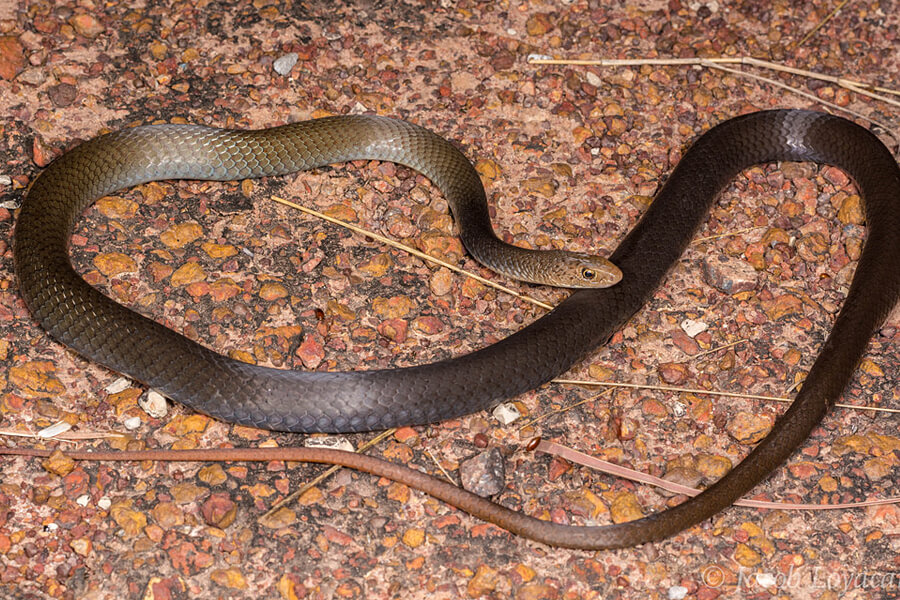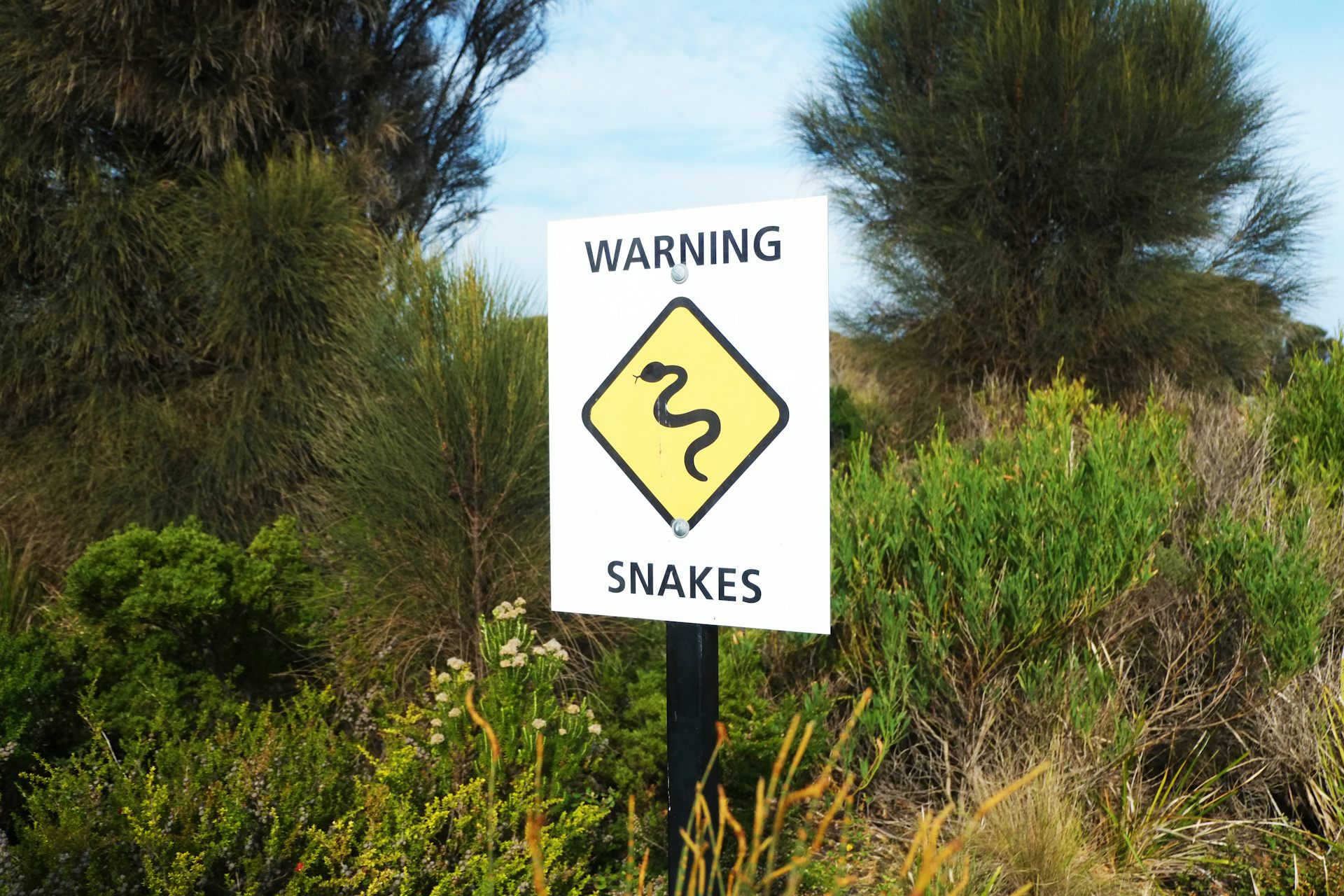Introduction
Snake attacks are a serious medical emergency that can happen in various environments, specifically in areas where snakes are prevalent. In Australia alone, there are many species of venomous serpents such as the Tiger Snake, Eastern Brown Snake, and King Brown Serpent. Understanding how to effectively handle serpent attacks is vital for any individual who hangs around outdoors or lives in rural areas. This short article will explore comprehensive first aid administration strategies for snake attacks and lay out finest methods for reacting to these incidents.
First Aid Administration of Snake Bites: Best Practices for Every Situation
When managing a serpent bite, the first reaction can considerably influence the target's result. Immediate action is important due to the fact that speedy medical intervention frequently establishes the degree of injury or survival price. Here are vital emergency treatment concepts to keep in mind:

Understanding Snake Types and Their Habitats
Tiger Snakes and Their Habitat
Tiger serpents (Notechis scutatus) are amongst Australia's many notorious poisonous serpents as a result of their aggressive nature and powerful venom.
- Habitat: They commonly live in coastal regions, wetlands, and locations with dense vegetation like marshes and swamps. Risks: Understanding of neighborhood tiger snake habitats can lower the risk of running into one unexpectedly.
Eastern Brown Snakes: A Considerable Threat
The Eastern Brown Serpent (Pseudonaja textilis) is an skillstrainingcollege.com.au additional very poisonous varieties located throughout eastern Australia.
- Habitat: This serpent grows in city locations, farming lands, and grasslands. Behavior: Recognized for its fast strikes when threatened, recognizing its habits might aid mitigate encounters.
Recognizing Signs and symptoms of Snake Bites
Identifying symptoms beforehand can boost opportunities of reliable therapy:

- Pain and swelling around the bite site Discoloration or bruising
- Nausea or vomiting Difficulty breathing Signs of shock (e.g., light skin, quick heart beat)
First Help Protocols for Details Serpent Bites
First Help for Tiger Serpent Bite
In case of a tiger serpent bite:
Stay calmness; maintain still. Call emergency situation solutions immediately. Immobilize the impacted limb using a splint if available. Do not try to suck out venom or apply ice.First Help for Eastern Brown Serpent Bite
For an eastern brownish serpent bite:
Keep calm; comfort the victim. Call emergency situation services without delay. Position them conveniently while staying clear of movement. Mark the sides of swelling with a pen ideally for observation.Creating Your Serpent Bite First Aid Kit
A well-prepared emergency treatment set can Hydration Therapy - skillstrainingcollege.com.au make all the distinction throughout emergencies:
|Product|Objective|| -------------------------------|---------------------------------------------------|| Compression bandages|To immobilize arm or legs|| Sterile gauze|To cover injuries|| Antihistamines|For allergies|| Emergency contact numbers|Quick gain access to during dilemmas|| User's manual|Step-by-step assistance on dealing with emergency situations|
What Needs to You Never Do When Treating a Serpent Bite?
Here's a listing of common risks when treating serpent bites:
Do not use tourniquets; they can trigger even more damage than good. Avoid cutting right into or attempting to draw out poison from the wound. Never supply alcohol or energizers to targets as it might exacerbate their condition.FAQs Regarding First Aid Monitoring of Snake Bites
1. What should I do if I see a snake?
Stay calm and retreat gradually without unexpected movements.
2. Just how do I determine if a snake is venomous?
Research neighborhood species' features; lots of have distinct color patterns or markings.

3. Can I use ice on a serpent bite?
No, applying ice can increase cells damage.
4. The length of time do I have actually after being attacked before looking for medical attention?
Seek clinical attention instantly-- time is critical with poisonous bites!
5. Is it secure to drive myself to the medical facility after a bite?
No! It's risky as symptoms may get worse en path; wait for professional help.
6. Are all serpents in Australia dangerous?
No! While Australia has numerous harmful snakes, there are also non-venomous varieties that present no threat.
Conclusion
The emergency treatment management of snake bites needs punctual action combined with understanding concerning neighborhood species' behavior and habitats like those of tiger snakes and eastern brownish serpents in Australia. By following best techniques described above-- such as remaining calmness, calling emergency situation solutions quickly, and recognizing what not to do-- you dramatically improve survival opportunities after such accidents https://skillstrainingcollege.com.au/types-of-snakes-in-australia/ occur.
Equipping on your own with understanding regarding various kinds of snakes in your area and preparing an appropriate first aid set will guarantee you're ready must an encounter develop-- making you much better prepared to handle this possibly dangerous scenario effectively!